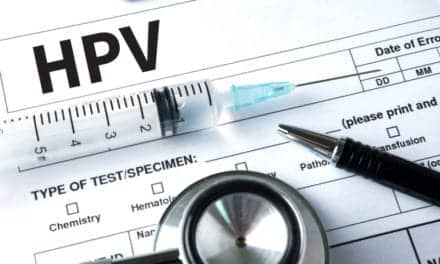Despite evidence that cervical cancer screening saves lives, about eight million women aged 21 to 65 years have not been screened for cervical cancer in the past 5 years, according to a new Vital Signs report from the US Centers for Disease Control and Prevention. More than half of new cervical cancer cases occur among women who have never or rarely been screened.
“Every visit to a provider can be an opportunity to prevent cervical cancer by making sure women are referred for screening appropriately,” says CDC principal deputy director Ileana Arias, PhD. “We must increase our efforts to make sure that all women understand the importance of getting screened for cervical cancer. No woman should die from cervical cancer.”
Researchers reviewed 2012 data from CDC’s Behavioral Risk Factor Surveillance System to identify women who had not been screened for cervical cancer in the previous 5 years. They analyzed the number of cervical cancer cases that occurred during 2007 to 2011 from CDC’s national program of cancer registries and the National Cancer Institute’s surveillance, epidemiology, and end results program. The number of cervical cancer deaths was derived from death certificates submitted to the national vital statistics system. Key findings:
- In 2012, 11.4% of women reported they had not been screened for cervical cancer in the previous 5 years; the percentage was greater for women without health insurance (23.1%) and for those without a regular healthcare provider (25.5%).
- The percentage of women not screened as recommended was higher among older women (12.6%), Asians/Pacific Islanders (19.7%), and American Indians/Alaska Natives (16.5%).
- From 2007 to 2011, the cervical cancer incidence rate decreased by 1.9% per year while the death rate remained stable.
- The Southern region had the highest rate of cervical cancer (8.5 per 100,000), the highest death rate (2.7 per 100,000), and the largest percentage of women who had not been screened in the previous 5 years (12.3%).
Using the human papillomavirus (HPV) vaccine as a primary prevention measure could also help reduce cervical cancer and deaths from cervical cancer. Another recent CDC study showed that the vaccine is underused; only one in three girls and one in seven boys received the three-dose series in 2013. The HPV vaccine is recommended as a routine vaccine for children 11 to 12 years old. Modeling studies have shown that HPV vaccination and cervical cancer screening combined can prevent as much as 93% of new cervical cancer cases.
Even with improvements in prevention and early detection methods, most cervical cancers occur in women who are not up-to-date with screening. Addressing financial and nonfinancial barriers can help increase screening rates and, in turn, reduce new cases and deaths from this disease.
CDC’s National Breast and Cervical Cancer Early Detection Program provides low-income, uninsured, and underinsured women access to breast and cervical cancer screening and diagnostic services. Visit CDC’s website to learn more about recommended ages and tests for cervical cancer screening, and HPV vaccine recommendations.






